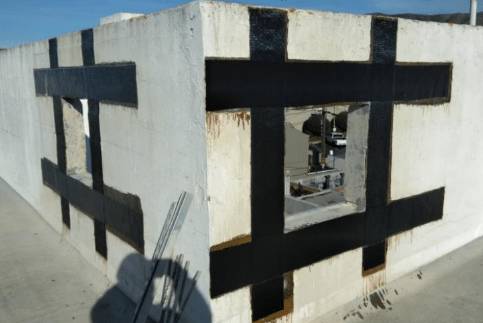
FRP Concrete Strengthening – Strength and Corrosion Resistance
For the past 25 years or so, Fiber Reinforced Polymers (or fiber-reinforced plastics) have been gaining in usage in the U.S. for the purpose of adding considerable strength to structures made of concrete, wood, masonry, and steel. Since it was discovered that FRP concrete strengthening was at least eight times more effective than steel-reinforced structures, the process has surged into popularity in this country. In essence, high-strength fibers such as steel, glass, or carbon are combined with a polymer matrix, which protects the fibers and binds them together, thus creating a super-strong reinforcing substance. Read more »
![]()
You must be logged in to post a comment.